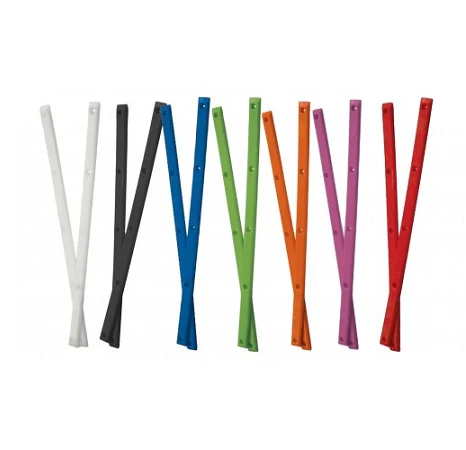

I would not recommend using the red Lock Tight, unless you own a drill press and don’t mind drilling out the bolts when you change your rails. Lock Tight is basically epoxy, so once you apply it to the threads, torque it in place, and allow the epoxy to cure for about 24 hours, the screw shouldn’t come undone unless it’s placed under great stress or you intentionally break the seal.

If your mounting screws are coming undone on your rails, you might try applying a small drop of blue Lock Tight to the bolt threads. Got an e-mail from David who had a neat fix (thanks dude!): You can just move them a little and re-attach the rails which solves the problem. The lesson learned is that you need to use a regular screwdriver to prevent this. I used an electric screwdriver because I was lazy resulting in a screw that keeps spinning and doesn’t properly attach. Another con is that you can mess up when you attach them. Maybe it’s because I have crappy cheap rails and am still waiting for the reall stuff, but I hear this more often. One of the things I find most annoying is that you have to constantly tighten them. Nowadays it’s also a good way to protect your graphic, if that’s important to you. With the introduction of plastic rails, skaters were able to slide boards more efficiently. Rails where originally used to grab a skateboard when airing in verts and bowls. Adding plastic rails made a huge difference. caused by the larger surface that comes into contact with rails or copings. Sliding a flat deck is hard because there is so much friction and surface tension. They are usually around 14.5″ and long, 0.5″ wide, and 0.5″ tall.īack in the days the ability to slide a skateboard was challenging because skateboard decks lacked concave. Their main purpose is to slide your skateboard further but also protect the deck graphic.

Skateboard deck rails are injection-molded plastic strips that are attached onto the bottom edges of a skateboard deck.


 0 kommentar(er)
0 kommentar(er)
